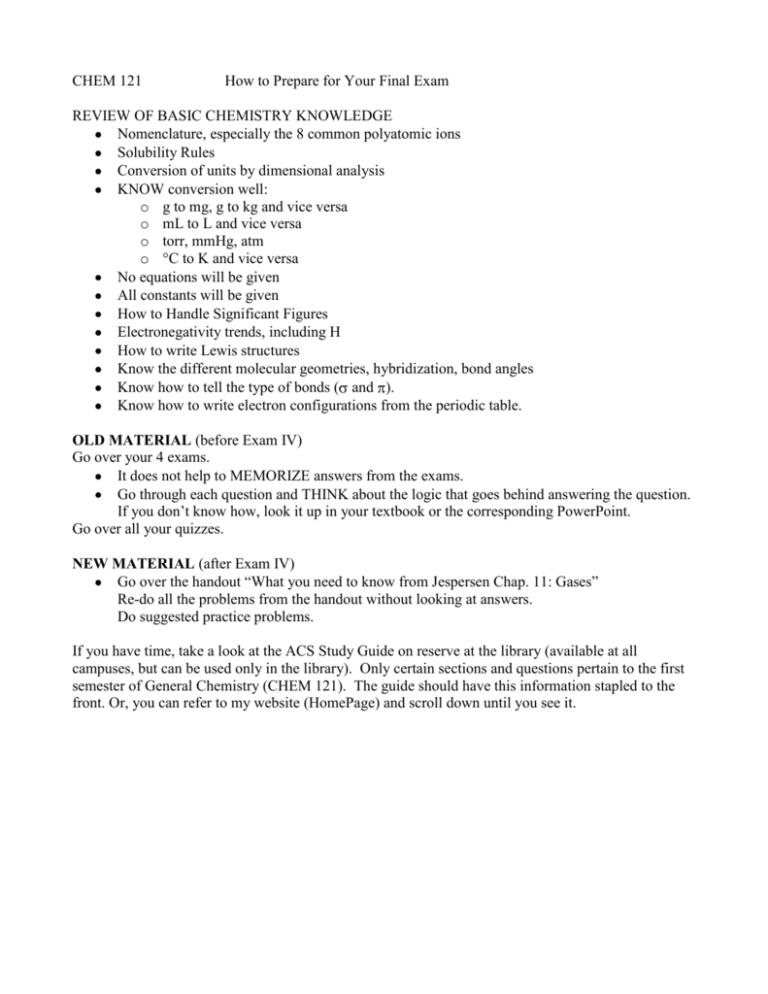

Ice water, wood and blood are examples ofĪ homogenous part of a system separated from other parts by physical boundaries i.e. Matter that is uniform in appearance and with uniform properties throughout i.e. occupied space of a gas is larger/smaller.Īttractive forces between particles in a gas are extremely _ therefore, particles move almost independently of each other.Ī particular kind of matter that has a fixed composition and distinct properties that gives it a unique id.Īmmonia, water and oxygen are examples of The observation, identification, description, experimental investigation, and theoretical explanation of natural phenomenaĭefine the problem by recognizing it and stating it clearly.Īctual volume vs.

Matter that has an indefinite volume, indefinite shape, and particles are very widely spaced and not held together by chemical bonds lots of energy Matter that has definite volume, indefinite shape, particles are close together allowing for shape to change, but have strong attractive forces atom able to move throughout Particles exist in regular, repeating three-dimensional geometric arrangements with a specific melting point in _ solidsĪnything observed & described using words (physical state, color, texture, formation of a gas, production of light or fire)Īnything that can be measured & described in numbers (temperature, size, volume, mass) Particles lack a regular internal arrangement and no specific melting point in _ solids without shape or form Solids can be either crystalline _ amorphous

Matter that has definite shape, definite volume and particles stick close together Simple statement (not an explanation) of a phenomenom to which no exceptions are known to exist at this time Well-established explanation of observations made after many experiments Tentative explanation, provides a basis for further explanation Scientific method steps (4): 1.observe 2.hypothesize 3.experiment 4. The study of matter that does not include both carbon and hydrogen
CHEM 121 PRACTICE EXAM PLUS
The study of matter with a minimum element content of carbon and hydrogenĬarbon plus hydrogen plus any additional elements are called Composition and changes in composition of matter studies energy and energy changes associated with matterĬhanges in composition and energy of matter


 0 kommentar(er)
0 kommentar(er)
